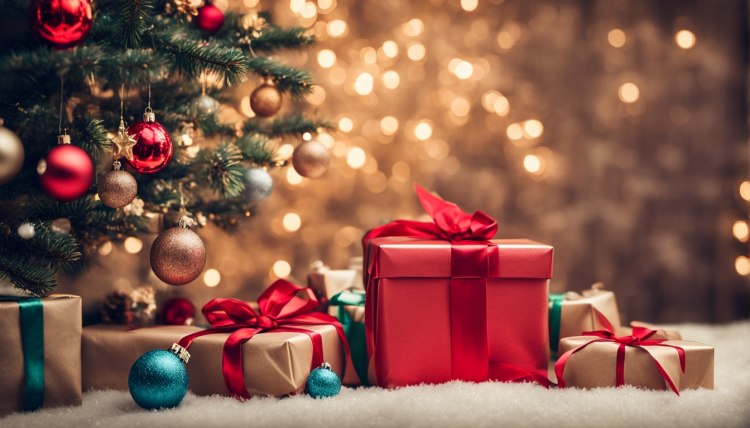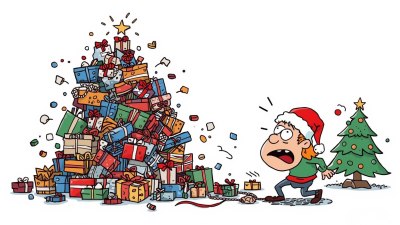More Than Just Manners: The Cultural Significance of Etiquette
Explore the deeper cultural and historical significance of etiquette beyond simple manners! See how etiquette reflects societal values, promotes social cohesion, and evolves over time while maintaining its role in shaping identity and relationships!

This image was created with the assistance of DALL·E
Etiquette is often seen as a set of rules for polite behavior, but its significance goes far beyond surface-level manners. Rooted in history, tradition, and culture, etiquette reflects the values and social norms of societies across time and geography. Understanding the cultural context behind these practices reveals how etiquette shapes human interaction, fosters community, and reflects deeper societal values. This article explores the historical roots and cultural significance of etiquette, showing how it is more than just a set of rules—it’s a window into the heart of human society.
1. The Historical Origins of Etiquette
Etiquette has existed in various forms for centuries, serving as a guide to social behavior in many cultures. Historically, it was used to distinguish social classes, maintain order, and demonstrate respect for authority.
- Royal Courts and Nobility: In medieval Europe, court etiquette became an essential tool for distinguishing the nobility from the lower classes. Codes of conduct dictated how individuals should behave in the presence of royalty, leading to practices such as bowing, curtsying, and using titles of respect. These rules not only displayed respect but also reinforced the social hierarchy.
- Ancient Chinese Etiquette: In ancient China, Confucianism heavily influenced etiquette, with rituals and manners being seen as integral to harmony and respect within society. Proper behavior in familial and public settings was not just a sign of good manners but a reflection of one’s moral character.
- Indigenous Cultures: Many indigenous cultures also practiced their own forms of etiquette, often deeply intertwined with spiritual beliefs. Respect for elders, communal sharing, and reverence for nature were reflected in the social rituals of tribes and clans around the world.
2. Etiquette as a Reflection of Cultural Values
Etiquette is more than just following societal rules—it reflects the values and priorities of the cultures that create them. These customs often demonstrate a deep respect for community, relationships, and harmony.
- Respect for Elders: In many cultures, such as those in Asia and Africa, showing deference to elders is a central component of etiquette. This reflects the cultural value placed on wisdom, experience, and family structure.
- Politeness and Modesty: In countries like Japan, politeness and modesty are deeply ingrained in social interactions. Bowing, soft-spoken communication, and indirect expressions of disagreement all reflect the cultural importance of maintaining harmony and avoiding conflict.
- Individualism vs. Collectivism: Western cultures, such as the United States, often emphasize individualism, which can be seen in social etiquette that values assertiveness and self-expression. In contrast, collectivist societies, such as those in East Asia, focus on group harmony and consider it polite to avoid standing out or drawing attention to oneself.
3. The Role of Etiquette in Social Cohesion
Etiquette plays a critical role in maintaining social order and cohesion. It provides a shared understanding of how individuals should interact, preventing misunderstandings and fostering mutual respect.
- Establishing Boundaries: Etiquette helps define personal boundaries in social interactions. For example, in some cultures, greeting with a kiss on the cheek is common, while in others, a handshake is more appropriate. Understanding and adhering to these boundaries helps maintain social comfort and respect.
- Promoting Inclusivity: Knowing the appropriate etiquette allows individuals to navigate social situations with ease, making them feel welcome and included. This is especially important in diverse societies where people from different backgrounds come together.
- Conflict Resolution: Etiquette can also serve as a form of conflict resolution. For instance, formal apologies or diplomatic language are often used to defuse tense situations and preserve relationships.
4. Etiquette and Its Evolution Over Time
As societies evolve, so does their etiquette. What was once considered proper behavior can change dramatically over time, reflecting shifts in cultural values, technology, and social structures.
- From Formal to Casual: In the past, formal dress codes, strict dining protocols, and rigid greetings were common in many societies. However, in modern times, there has been a shift toward more casual interactions. Casual dress codes, relaxed language, and flexible social norms are becoming increasingly acceptable in many parts of the world.
- The Digital Age: The rise of digital communication has led to the development of new etiquette standards. Knowing how to behave in email correspondence, social media interactions, and virtual meetings has become just as important as face-to-face communication in today’s world.
- Cross-Cultural Exchange: Globalization has also influenced etiquette, as individuals from different cultures interact more frequently. This has led to an increased awareness of cultural differences in behavior and a need for greater adaptability and sensitivity in international settings.
5. The Power of Etiquette in Shaping Identity
Etiquette is often deeply tied to personal and cultural identity. The ways in which people greet, dine, and interact socially can define their belonging to a particular culture or social group.
- Rites of Passage: In many cultures, etiquette is central to important life events such as weddings, funerals, and coming-of-age ceremonies. These rites of passage are marked by specific customs and behaviors that reinforce cultural identity and tradition.
- Social Status and Etiquette: Historically, adhering to certain etiquette practices has been a way to signal social status. Today, while class distinctions may be less rigid, people still use etiquette to convey professionalism, education, and social awareness.
👗🤵
Etiquette is more than just a guide to good manners; it’s a reflection of cultural values, history, and social structures. By understanding the deeper meaning behind these customs, we can gain insight into the societies that created them and appreciate how they foster respect, harmony, and cohesion. As etiquette continues to evolve, it remains a vital part of how we connect with and understand each other, bridging the gap between tradition and modernity.
























